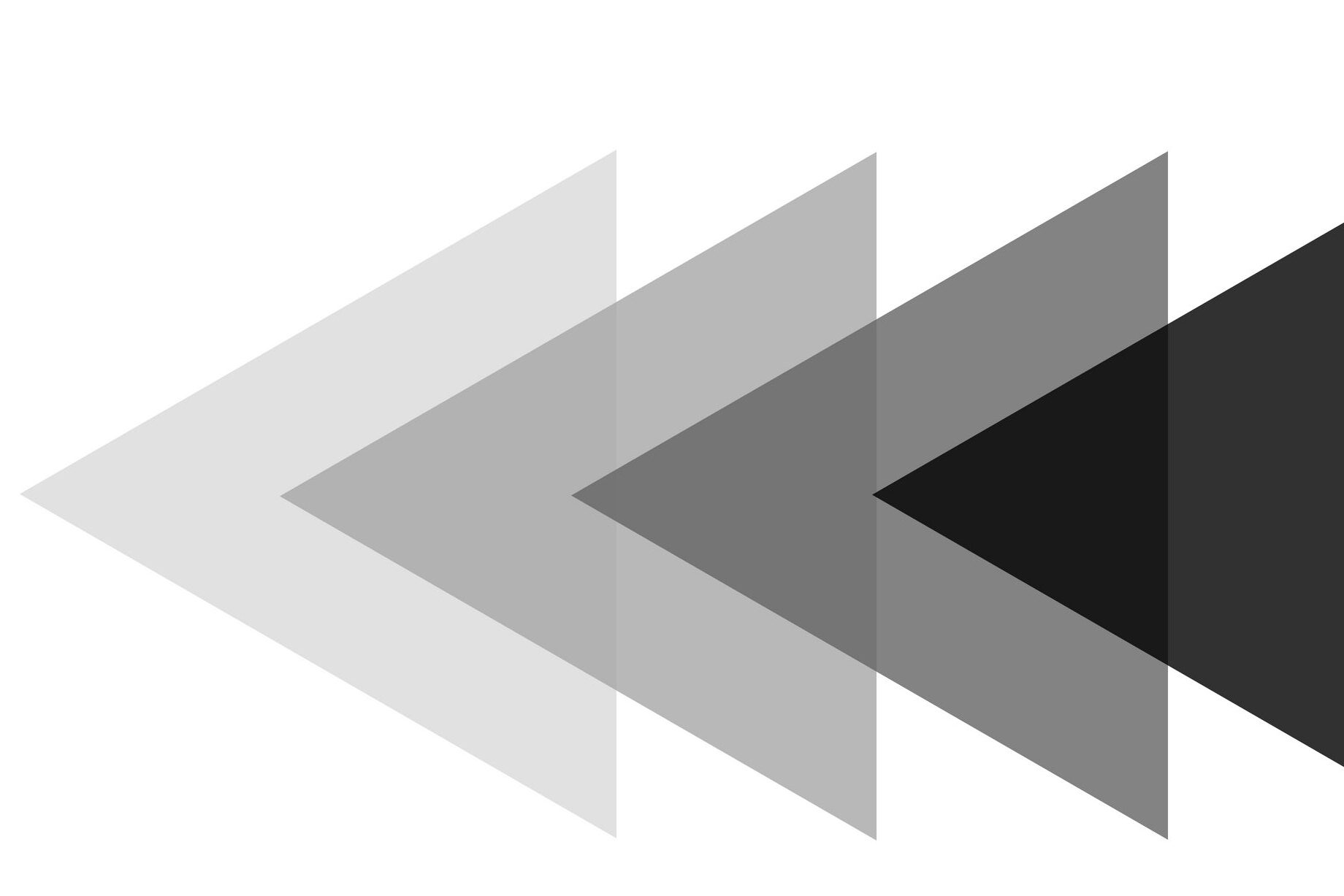Graphic design plays a crucial role for your business, irrespective of the scale or scope of business. A design is good when it has been designed keeping in mind the essential design principles. How a brand or business is perceived by the customer or client, its marketing strategies, its identity itself, depends on the kind of design they use to convey their story. A good brand is one where just by looking at the brand colors, icon, or logo the brand is recognized, examples of these are the iconic swoosh of Nike, or the Apple logo, etc., where the design elements and establish a brand presence.
Effectively designed advertising & marketing material play a vital role in getting the attention of target audience and meet the sales target as well. Example: Coca Cola’s visually striking & consistent advertising campaigns have contributed to its status as one of the most recognized brands.
In digital products UI, UX design helps improvising user satisfaction and keeps the customer engaged to the website or app, leading to higher customer retention.
Exceptional graphic design helps businesses appear more professional & credible. Communicating clearly through visual elements or design is very important to evoke an emotional connection with an audience, through color, imagery, typography, a design can influence how a customer feels about a product, brand or service and achieve most of the goals in business by good & effective designing.
So, let’s delve deep into these design principles & understand how it enhances any kind of designs. Design principles are fundamental guidelines, which help designers create better designs that are visually appealing & effective.
BALANCE

Balance refers to the distribution of visual weight within a design, it can be symmetrical which is even throughout the image, asymmetrical design is uneven throughout the design but still strikes a visual equilibrium or redial, i.e. for circular designs, when elements dissipate from a central point.
CONTRAST

Contrast involves using different elements & creating visual interest & drawing attention. It can be achieved through any kind of variation in colour, size, typography, shape or texture.
EMPHASIS

It means highlighting a part of design to achieve a particular purpose or to draw attention and make it standout, by variation in placement or other technique.
PROPORTION

Proportion refers to the size or scale of various elements in design. It ensures the elements are appropriately sized in relation to each other.
RHYTHM

Creating a sense of flow or movement within a design in a predictable pattern. It can be regular, flowing, or progressive.
UNITY
Also known as, harmony refers to cohesiveness in design. Design elements should work together in a unified whole. This can be achieved by consistent use of colour, style, font, etc.
ALIGNMENT

Alignment plays an important role in any design as it makes the overall design more appealing. It refers to the arrangement of elements to create a visual connection between them. Proper alignment ensures design is neat & orderly.
REPETITION

As the word suggest, it means repeating one or more design element or style in any given design. It helps reinforce design concept & ties different parts of design together.
WHITE SPACE

White or negative space is simply, the empty space around or between the elements in design. It helps enhance readability, focus & reduces cluttering.
HIERARCHY
Hierarchy creates a visual order of importance within a design guiding the viewers eye to what is most important. This is often achieved through variation in color, size, or placement.
These design principles serve as an essential guideline for creating effective & visually appealing designs understanding and applying these principles can help designers produce work that not looks good but also communicates the intended message clearly & efficiently.
Graphic design is a powerful aspect that helps business grow & by creating an effective branding & emotional connect with customers. To get your brand design or brand strategies right, or for any type of graphic design you can get in touch with Design Spectrum – designing your imagination.
The principles of design serve as the cornerstone of effective and impactful visual communication, influencing every aspect of graphic design, be it logo, brand, print, layout or any other design form. These foundational principles, including balance, contrast, emphasis, movement, pattern, rhythm, and unity, are the guidelines that help designers create visually appealing and functional designs that resonate with audiences.
In graphic design, understanding and applying design principles is crucial for creating visually compelling and harmonious compositions. Balance ensures that a design feels stable and aesthetically pleasing, while contrast draws attention to key elements, making the design more dynamic and engaging. Emphasis highlights the most important parts of the design, guiding the viewer’s eye to essential information. Movement leads the viewer’s eye through the design in a deliberate and controlled manner, enhancing the flow and readability of the piece. Pattern and rhythm introduce repetition and consistency, which are essential for creating cohesion and reinforcing brand identity. Unity brings all these elements together, ensuring that the design feels complete and well-organized.

